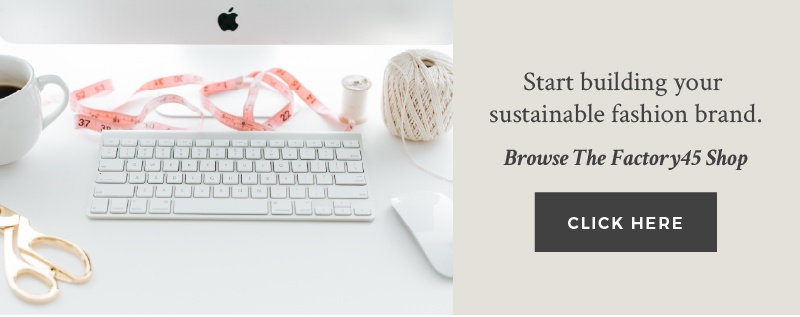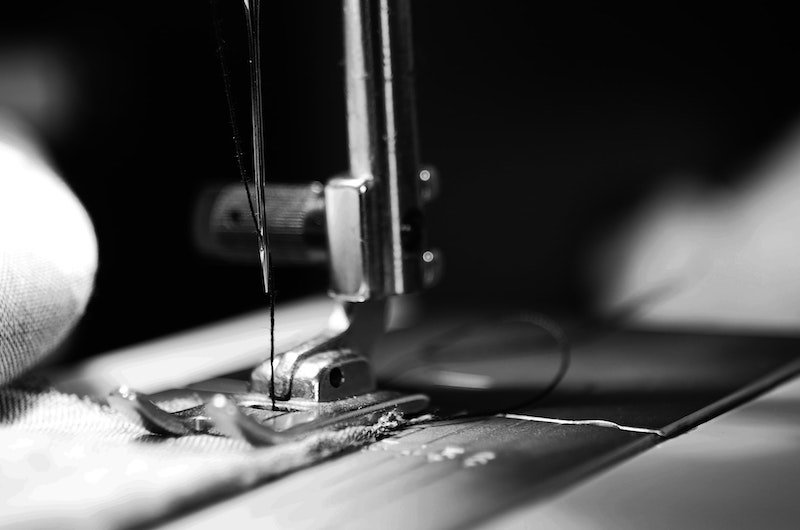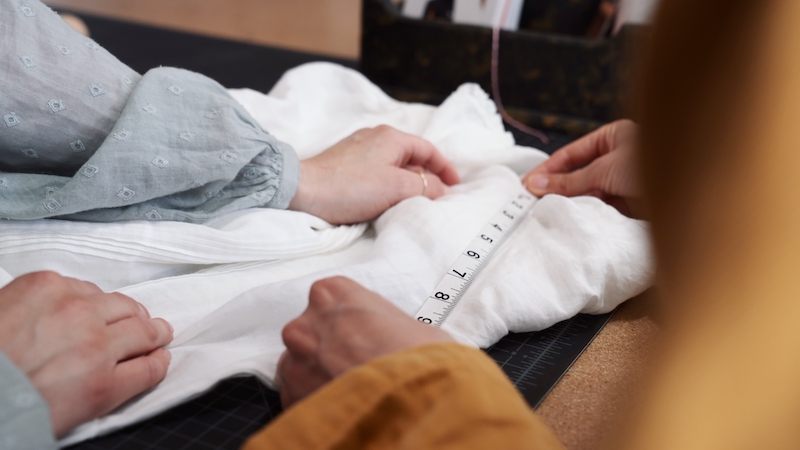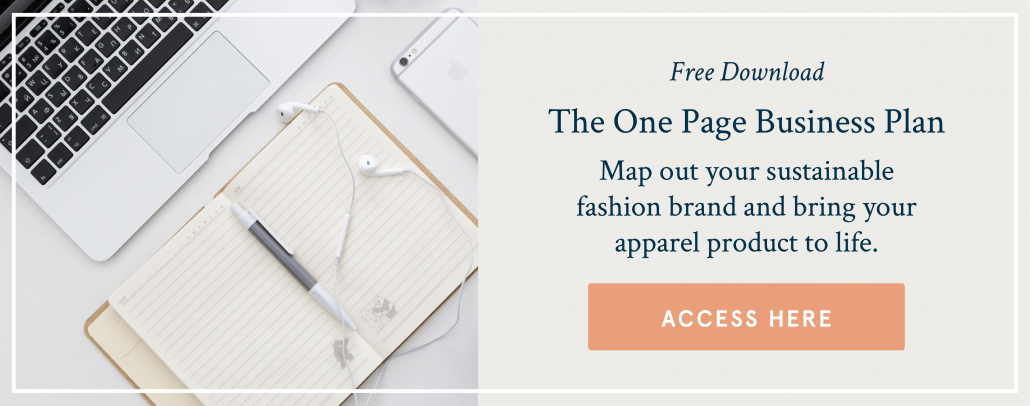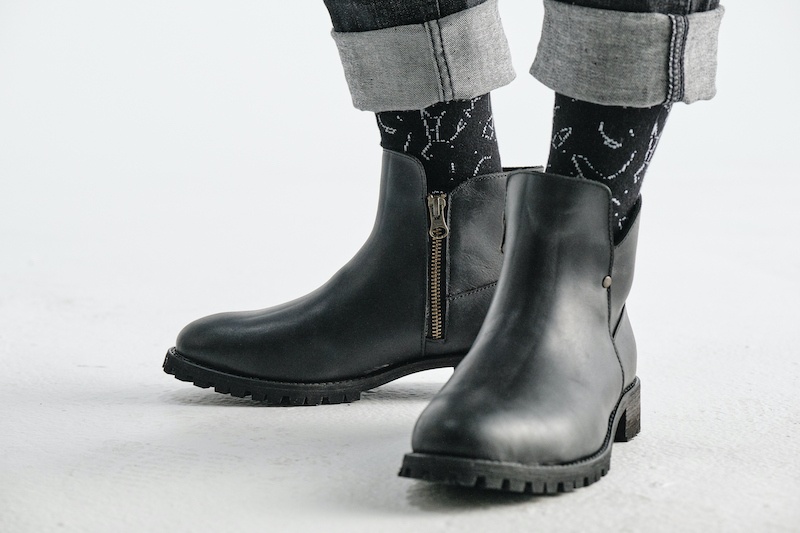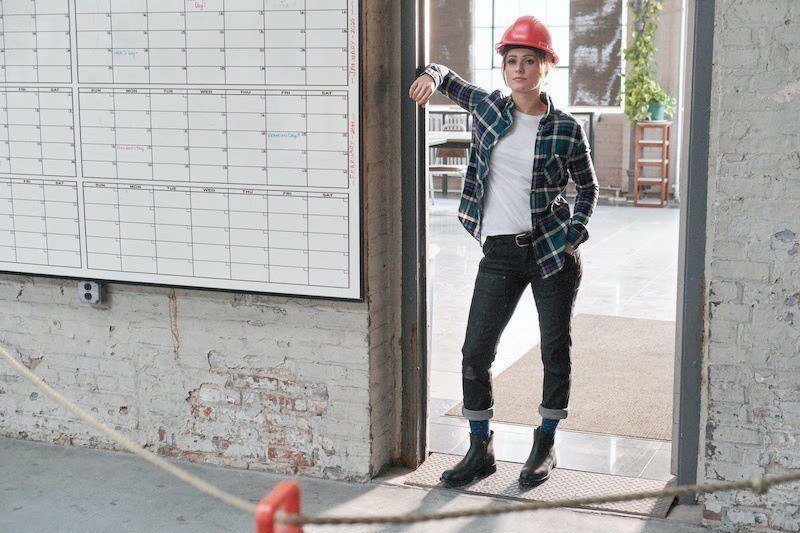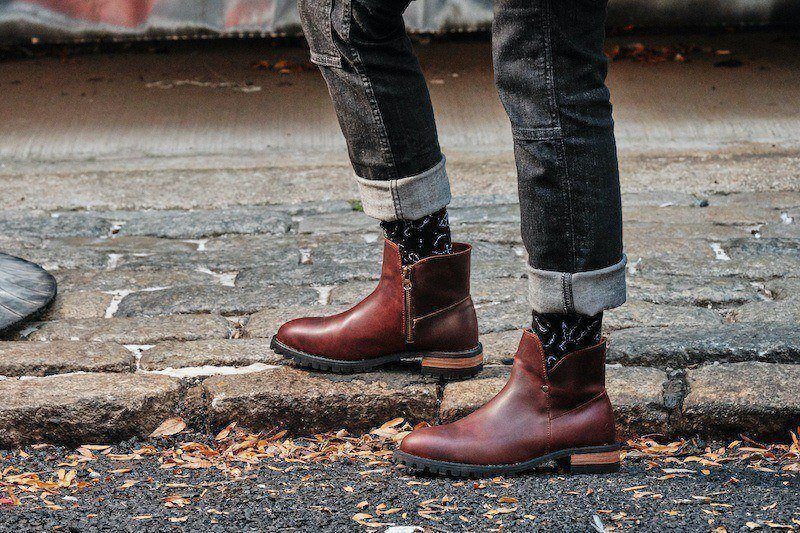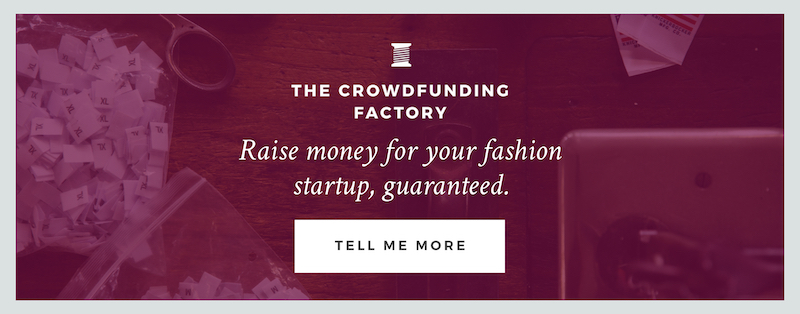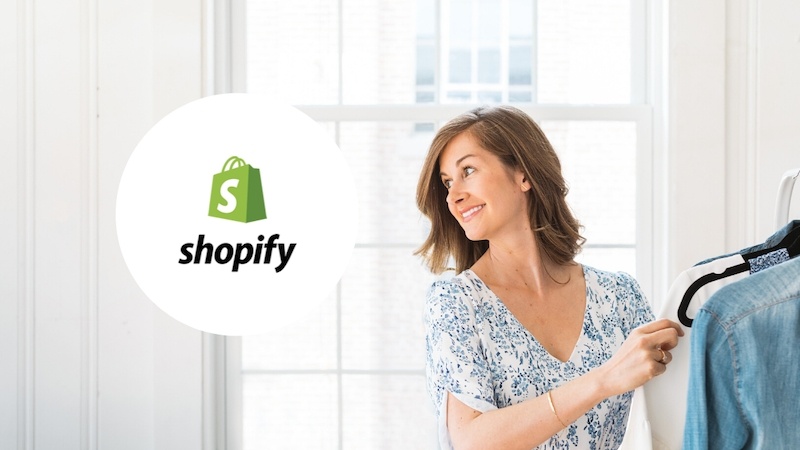“Huh, I’ve never put it like that before…”
I was reading a book by an internet marketer that described a strategy to grow any online business.
As the author described the strategy that he’s used again and again to scale his software company to $100MM (without investors), I realized something.
What he was describing was the same process I had used to launch my clothing brand back in 2011, it was the same process I had used to launch Factory45 for the first time in 2014 and it’s the same strategy I teach today in the Factory45 program.
He had just put a name to it:
“Your Dream 100.”
As I continued reading, it dawned on me that the reason I love this strategy so much (and have used it for nearly a decade) is because it’s timeless.
We live in an age when marketing trends literally change by the month. One platform is hot, the next year it’s not. One strategy sells like hotcakes for a few weeks and then it flatlines.
While so many online businesses — particularly fashion brands — are dependent on the whims of Facebook and Google advertising, this strategy doesn’t require a cent.
And it will never go out of style.
Here’s how it works:
Your “Dream 100” is a list of 100 brands, influencers, media, podcast hosts, bloggers and business owners who have one particular thing in common —
Their existing audiences are made up of your ideal target customer.
In other words, the people following them on social media, reading their blogs, subscribing to their email lists, and listening to their podcasts are the same people who would love your brand and the products you’re selling.
In the Factory45 program, we make this a list of 20 but 100 is even better if you can do it.
Once you’ve made that list, the next step is to “dig the well” with your Dream 100 — i.e. build relationships.
So before you ask to write a guest post for their blog, or be a guest on their podcast or review your products, you have to put in the time commenting on their Instagram posts, replying to their email newsletter, leaving a review on their podcast, etc.
Like any business relationship, you give before you take.
The question you’re asking yourself is, How can you serve this person who has an audience you want to get in front of?
Once you’ve taken a few months to build these relationships, then you can make the ask.
The best part is that after you’ve been on their podcast, or done an IG Live together or written a guest post, then it’s a million times easier to ask them to promote your products and brand.
And here’s how the numbers pain out:
If just 30 people out of your Dream 100 agree to promote your brand, and each of those people has a minimum of 10,000 followers, that’s 300,000 new people who could potentially be introduced to your brand.
There’s no way to get that kind of free reach on your own.
And even better, this isn’t a strategy that will ever go away — the platforms and methods may change, but relationship building is timeless.
When I started my sustainable and minimalist fashion brand nearly a decade ago, my then co-founder and I used the year leading up to our launch to build online relationships with all of the minimalism influencers, travel bloggers and fashion writers that we possibly could.
It resulted in us raising enough money to quadruple our first production run.
When I launched Factory45 in 2014 I reached out to 50 eco-fashion bloggers, media outlets and sustainable fashion influencers and wrote 25 guest posts and interviews in two weeks.
It resulted in me selling out every spot in the program, having never run an accelerator before.
The Dream 100 is truly the strategy, that if you commit to it, that will serve your business for years to come.
And it’s this same strategy that I’ll continue to use this Fall as I build my newest project.
Stay tuned for more on that : )
P.S. The book is called Traffic Secrets by Russell Brunson and it just hit the New York Times bestseller list this week. He gives the book away for free on his website — you just have to pay for shipping.


